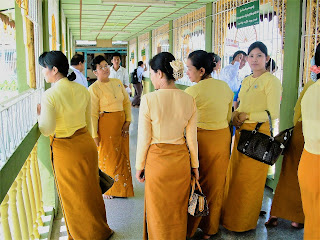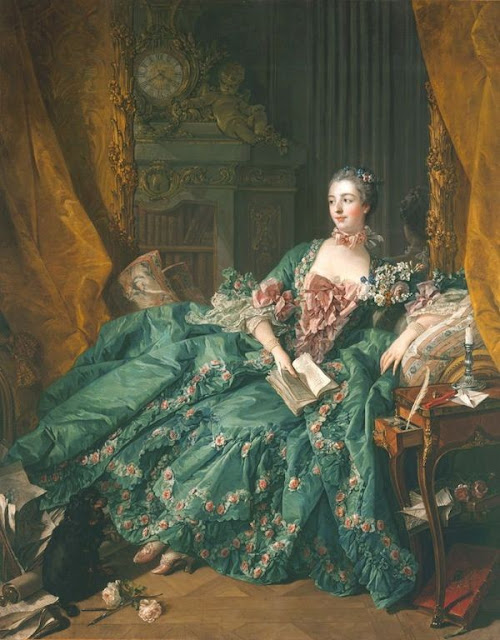Taking the Veil - 2

At many places on my travels in Islamic countries I encountered sign boards enforcing the veil. The reality is not far from the sign boards I saw in Kuala Terengganu, East Malaysia, and in Abu Dhabi: everywhere women in black abaya and hijab like shadow images. Any colour is denied in public albeit there are variations of black. It all depends on who and where. Elegant ladies in a mall in Dubai, mother and child in holy Qom or the more modern version of the two girls in Tabriz, both Iran, black is the dominant colour. Felicia Engelmann titled her book on Islamic fashion in big cities appropriately Dresses make people, veils make women . In 2016 Dolce & Gabbana advertised a trendy collection for Middle Eastern customers showing a model in embroidered black wearing fancy sunglasses and handbag. © Dolce & Gabbana In Kuching in Malaysian Borneo with their strong Chinese and indigenous minorities the rules are less strict even in public service. Colours ...





